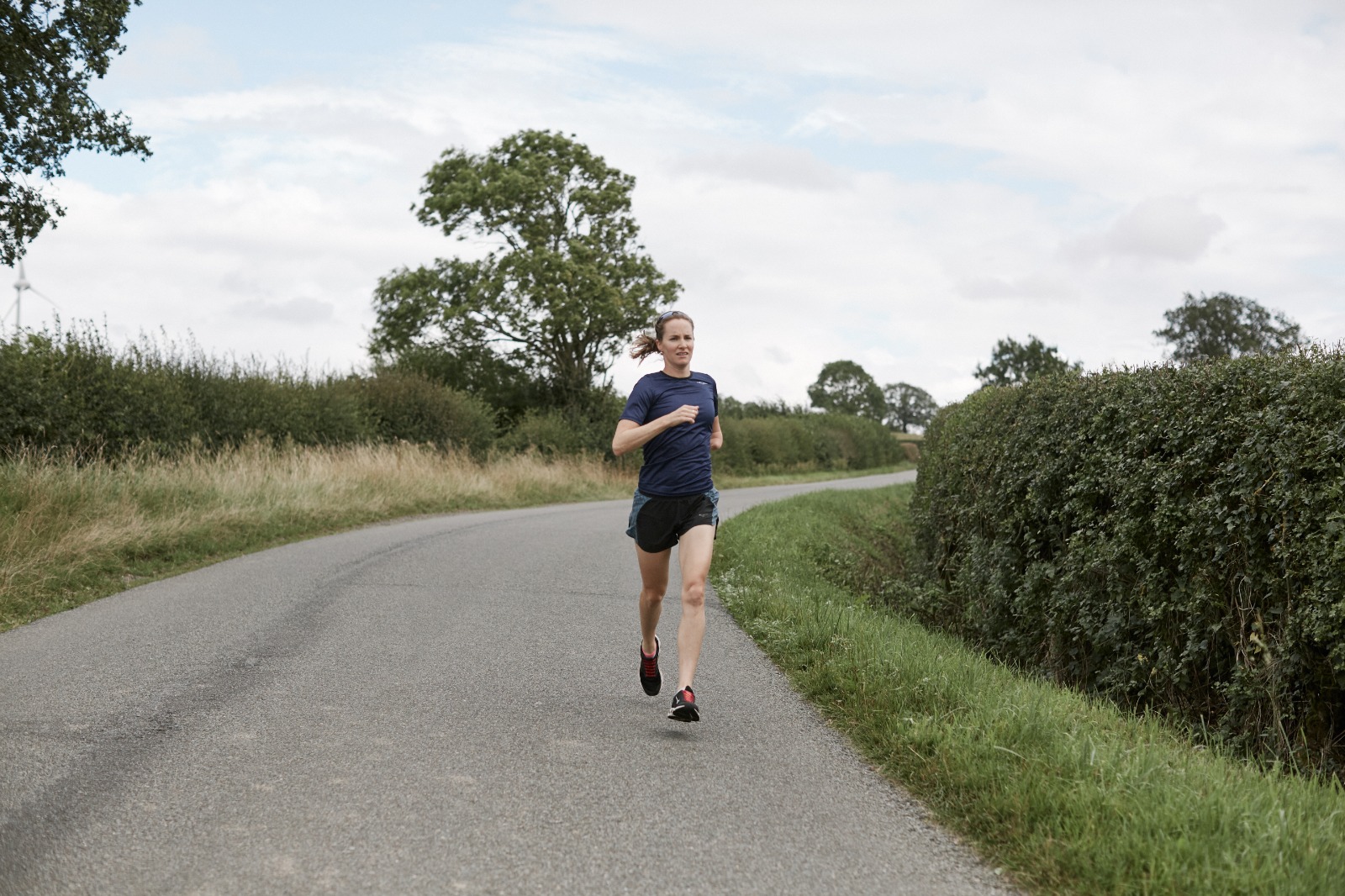https://alternative-medicine-ny.com/top/timberlake-accutane/
Be a better runner with expert tips on improving pace, endurance and confidence.
Progress is motivating, so if you continued to improve on your training every session, you’d have no reason to lose exercise motivation. Only, that’s not how your body works. Unfortunately, we can’t hit a new 10k personal best every time. Sometimes, our progress stagnates, or even goes backwards, before getting better.
That’s particularly true when it comes to running. Plateaus are extremely common, and feeling as though you’re not improving can lead some people to want to put their running shoes away for good.
You may also like
Why does exercise feel easy one day and hard the next?
But improving your runs is possible – even if it feels as though you’ve been stuck running a 30 minute 5k for months and months on end. From little technique changes to building up confidence when on the roads, there are tweaks you can make to your training to feel as though you’re getting somewhere – regardless of whether your goal is to get faster, run further or enjoy running more.
We asked running experts to share their tips – here’s what they said.
How to improve running distance
“If you want to improve on your running distance, you need to do it gradually,” says Fiit master trainer and running expert from the Strong Women Collective Adrienne Herbert. Not only is this important to help you avoid injury when you run, but also because you need to leave room for yourself to improve over time.
So, rather than just jumping from 5k runs straight into a 10k, the best way to up the distance is to follow the 10% rule, according to Adrienne. “Increase your total distance or time out running by 10% week-on-week,” she says. That means if you’re used to running 5ks, your first longer run should only be 5.5k, and the next week, just over 6k.
Incrementally making things harder will stop your body from plateauing further down the line and keep the challenge feeling manageable.

“Learning how to breath more efficiently for running is also important, particularly in longer runs when you may be more susceptible to stitches,” says Paralympic athlete Claire Cashmore. “Focus on breathing right through the belly and the diaphragm to maximise the oxygen uptake.”
How to improve running speed
“Learning how to pace myself as a runner was something that took some getting used to,” says Claire. While the tempting thing to do is to speed off, that won’t help you improve your performance across the run. In fact, you’ll probably just burn out. Tracking your runs can help you get a handle on that, or even just set a timer so you know you’re not getting ahead of yourself.
“If you want to work on your speed, I recommend interval training,” adds Adrienne. “That’s where you push yourself to your 90% effort for one minute and then go into an active recovery, where you jog and you drop the pace for 30 seconds. Doing this type of interval training on the road or a treadmill will help you to smash that PB!”
The reason? You’re teaching your body to be explosive, fast and powerful. That’s also why Claire recommends strength training as a way to improve your running speed. “I spend a lot of time pre-run doing drills and strength and conditioning to work on my weak calves and engage my glutes. In particular, pogo drills and calf raises have been really beneficial to me in staying injury-free and also increasing my speed.”
You may also like
How to run faster, according to team GB sprinter Ashleigh Nelson
How to improve running confidence
If it’s nerves, frustration or embarrassment that are holding you back from running, remember: you only get better at the things you do most often. “Don’t worry about how fast you run, forget about the pace and just focus on consistency,” says Adrienne of building up your running esteem. “Just reward yourself for ticking off those three runs, it doesn’t matter how far or fast they are, and you’ll feel your confidence gradually increase.”
For Claire, confidence comes from nailing the basics before mastering her speed or distance. “I set aside certain runs to specifically focus on my form and technique. I make sure that I am leaning slightly forward all the way from my feet and running tall, as well as maintaining a high cadence (foot turnover speed) and keeping my upper body relaxed.
“If I feel any of these slipping throughout the course of my run, I stop the run – even if it’s only after 10 minutes.”
You may also like
Running technique: can running on your toes really make you faster?
Tracking can be useful for some to gain more confidence too. If you love data, like Claire, then measuring “running stats, such as ground contact time and cadence, can ensure I’m keeping consistent”. It also means you can’t get in your own head – while things may be up and down, you will see an upward curve on the graph of progress after building up your confidence and consistency.
Try not to be too hard on yourself for one bad run or one bad week. Remember that there’s so much that can impact your training, from where you are in your menstrual cycle to what you ate for dinner the night before. Your body’s progress isn’t necessarily a reflection of how hard you’ve worked, but you will see results if you keep going.
Follow @StrongWomenUK on Instagram for the latest workouts, delicious recipes and motivation from your favourite fitness experts.
Images: Getty / Claire Cashmore
Source: Read Full Article
